
3 minute read
International Journal for Research in Applied Science & Engineering Technology (IJRASET)
from Mathematical Modelling and Kinematic Analysis of a Tendon Driven Under-Actuated Robotic Hand
by IJRASET

ISSN: 2321-9653; IC Value: 45.98; SJ Impact Factor: 7.538
Advertisement
Volume 11 Issue I Jan 2023- Available at www.ijraset.com
DH parameter of the middle finger is presented in table-3 below where all the links and joint parameters are presented.
DH parameter of the Ring finger is presented in table-4 below where all the links and joint parameters are presented.
DH parameter of the Little finger is presented in table-5 below where all the links and joint parameters are presented.
ISSN: 2321-9653; IC Value: 45.98; SJ Impact Factor: 7.538

Volume 11 Issue I Jan 2023- Available at www.ijraset.com
V. TRAJECTORY ANDWORK SPACE
The trajectory of the tip of all the fingers represents the path that the fingertip travels during grasping of a object. The workspace of a robot is the indication of the accessible configuration of an endeffector.it is the total volume covered by the reachable space of the end-effector. The workspace is determined by the manipulator's geometry and the joint motions' constraints. In robotics, a robot manipulator's workspace is normally defined as the set of locations that its end-effector can touch, or, in other words, the space in which the robot operates, which can be either a 3D space or a 2D surface. The range of motion of a robot is its work envelope When a manipulator stretches forward, backward, up, and down, it creates this shape. The length of arm of a robot and the configuration of its axes dictate these distances. Each axis subsidizes a range of motion of its own
VI. RESULTANDANALYSIS
In the MATLAB environment, the analysis of the robotic hand was performed, and the following results were discovered. The length and the breadth of the modelled hand are 162mm and 64mm, respectively, in this model. Positions of finger tips of all the fingers are plotted as follows. The fingertip trajectory of the thumb is shown in fig.6 below. The trajectory of the tip of the index finger is presented in figure.7 below.
The trajectory of the tip of the middle finger is presented in figure.8 below. The trajectory of the tip of the ring finger is presented in figure.9 below.
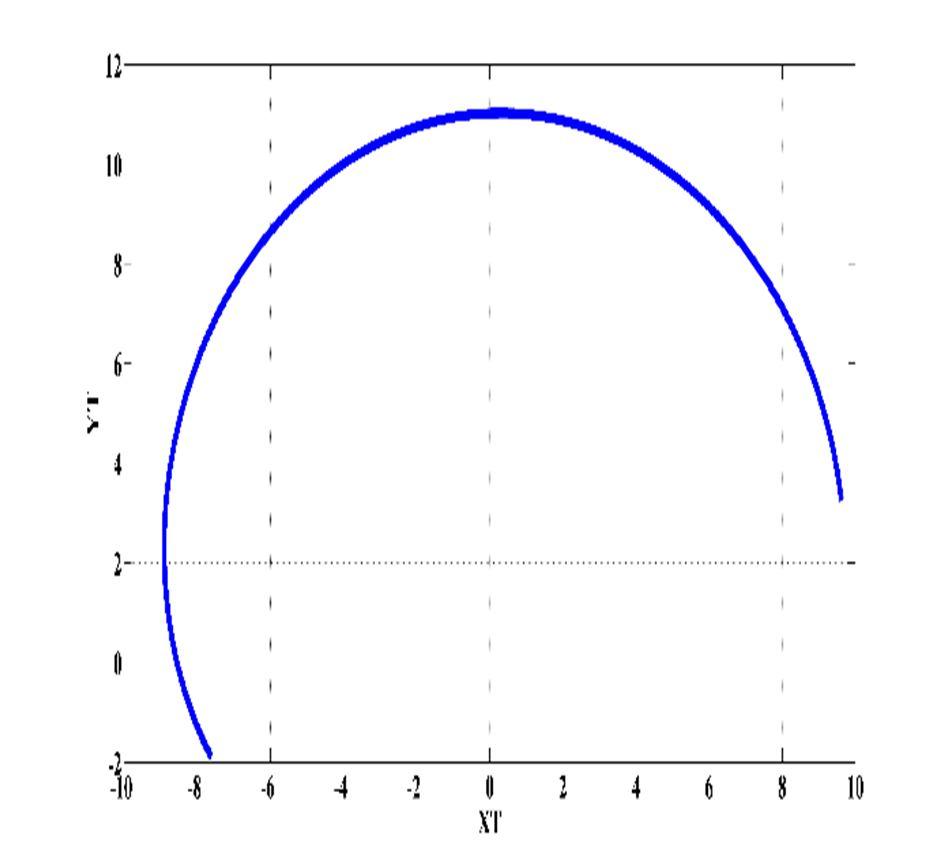
ISSN: 2321-9653; IC Value: 45.98; SJ Impact Factor: 7.538

Volume 11 Issue I Jan 2023- Available at www.ijraset.com
The trajectory of the tip of the little finger is presented in figure.10 below.
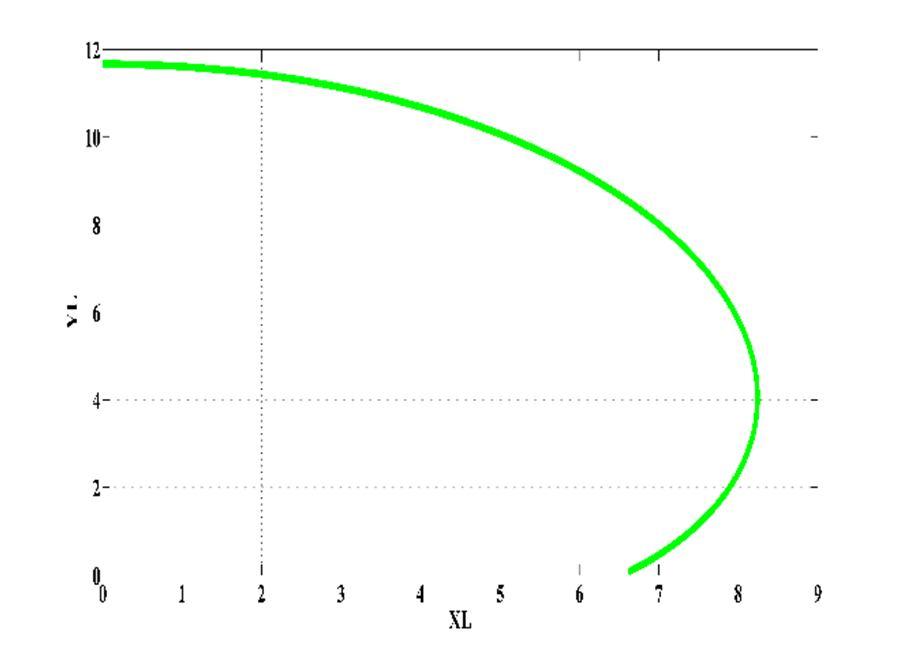
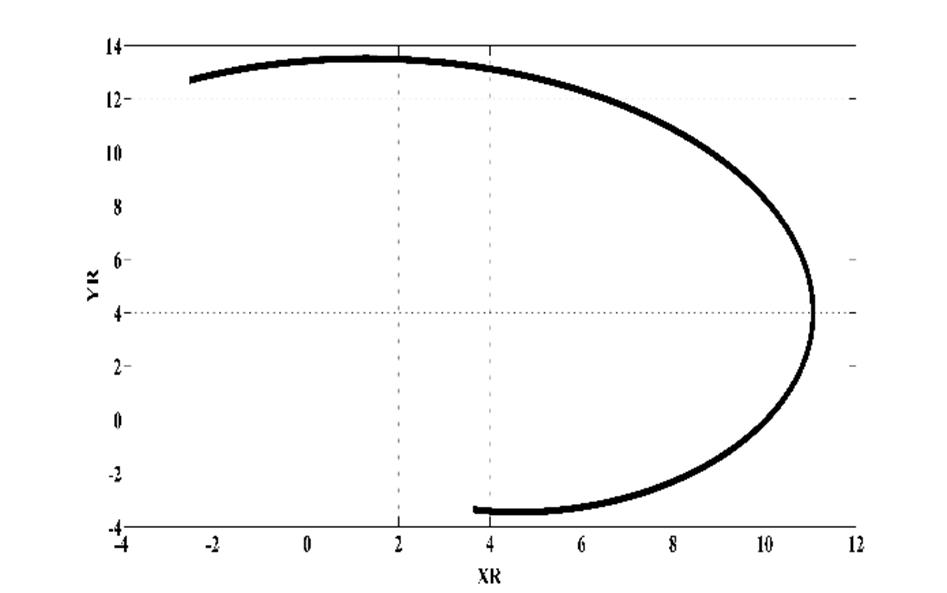
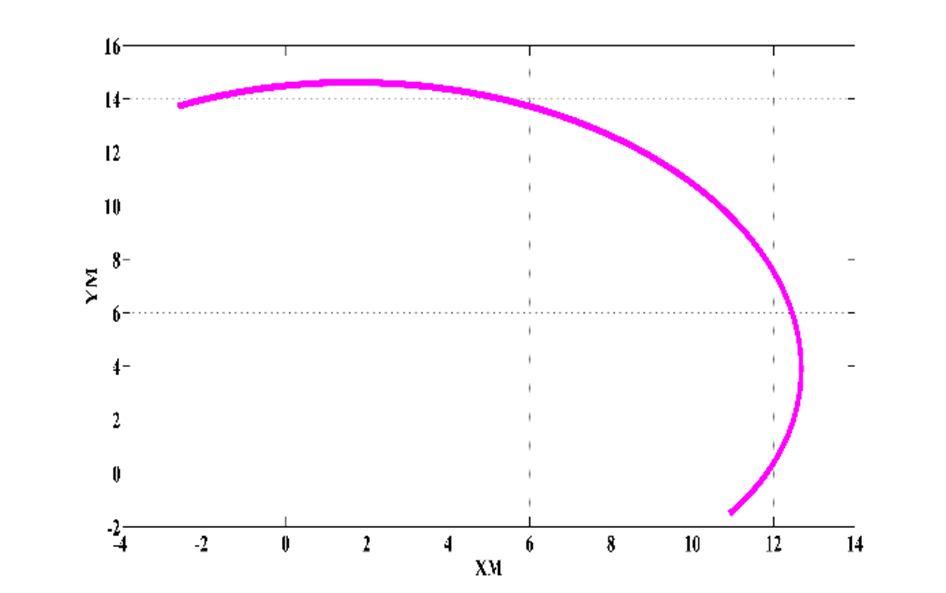
Work space is obtained by referring Monte Carlo method taking sample size of 4000 in MATLAB environment. The workspace of four fingers and thumb are displayed .The isometric view of the thumb is presented in fig.11 below. The isometric view of the index finger is presented in figure 12 below.
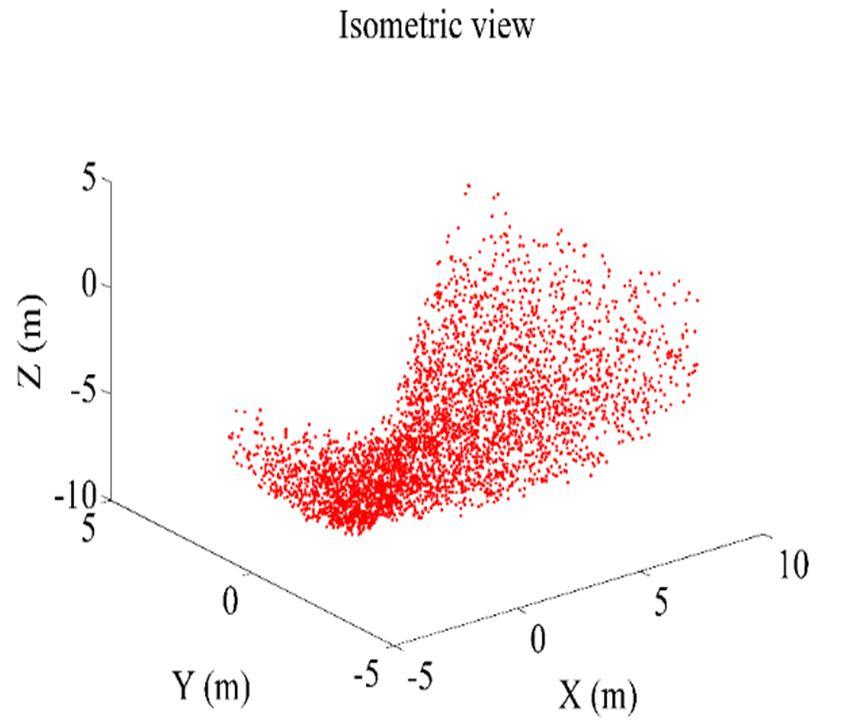
The isometric view of the middle finger is presented in figure 13 below. The isometric view of the ring finger is presented in figure 14 below.
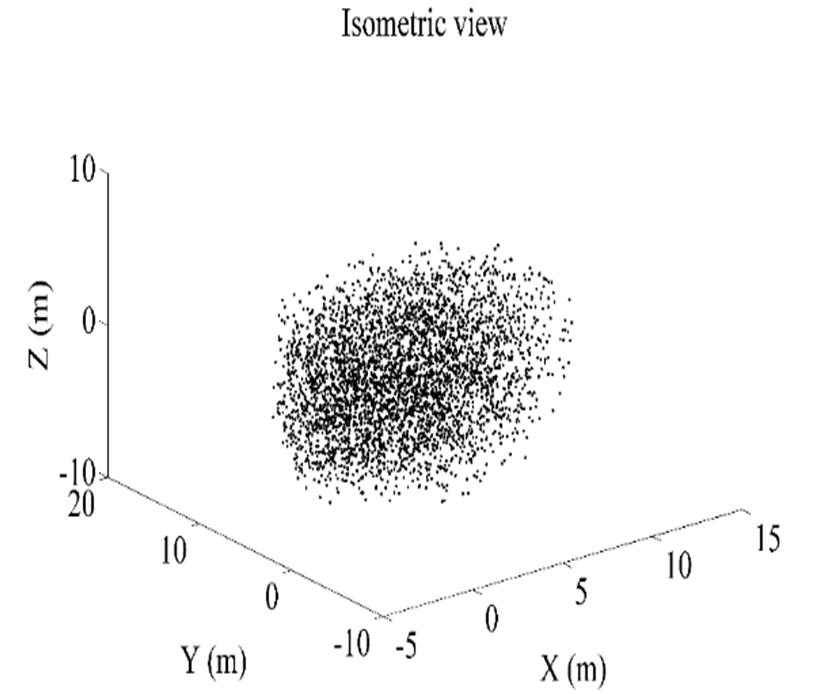
ISSN: 2321-9653; IC Value: 45.98; SJ Impact Factor: 7.538
Volume 11 Issue I Jan 2023- Available at www.ijraset.com
VII. CONCLUSION
In the current work, a robotic hand with dimensions that are anthropomorphic that is, similar to those of a human hand is proposed. The thumb and the first four fingers are taken with under actuation. The arrangement of tendon and pulleys performs the under actuation procedure. The primary function of the hand's design is to enable a strong hold of varied item kinds. Shape adaptability is the motivation underlying under actuation, which is a simpler goal. The proposed hand has 12 degrees of actuation and 21 degrees of movability built into its design. The analysis is then performed using the thumb and finger Denavit Hartenberg parameters. The kinematic analysis is done on the MATLAB environment. Joint distances, phalangeal length, and workspace for all the fingers were all plotted by using various joint angles within the range. The four fingers' and the thumb's finger tip trajectories and workspace is discovered to be within the acceptable range.
Rererences
[1] N. Fukaya, S. Toyama, T. Asfour, and R. Dillmann, “Design of the TUAT/Karlsruhe humanoid hand,” in Proceedings. 2000 IEEE/RSJ International Conference on Intelligent Robots and Systems (IROS 2000)(Cat. No. 00CH37113), 2000, vol. 3, pp. 1754–1759.
[2] D. R. Biswal, S. Panda, S. K. Mahapatra, and A. Das, “MODELLING AND FINITE ELEMENT BASED ANALYSIS OF AN ANTHROPOMORPHIC,” vol. 9, no. 3, pp. 57–63, 2022.
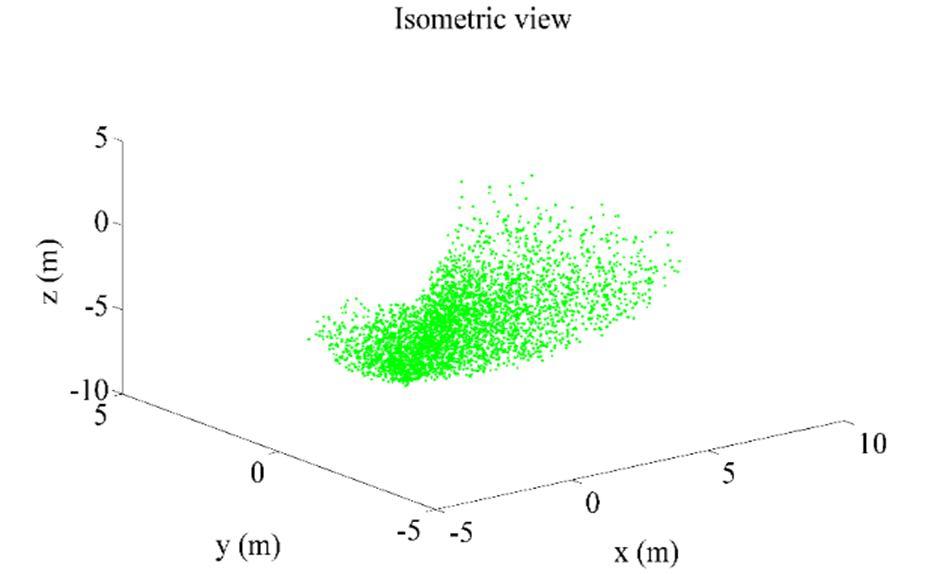
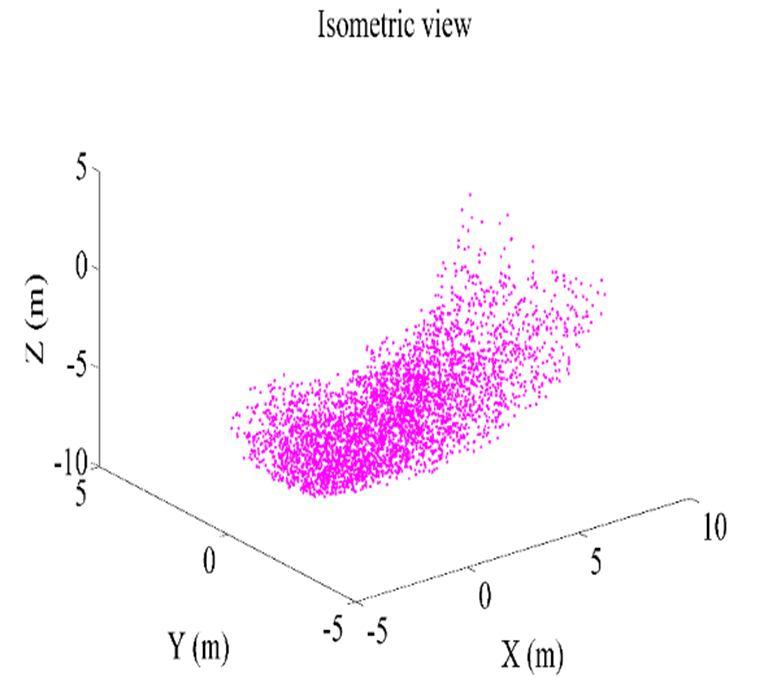
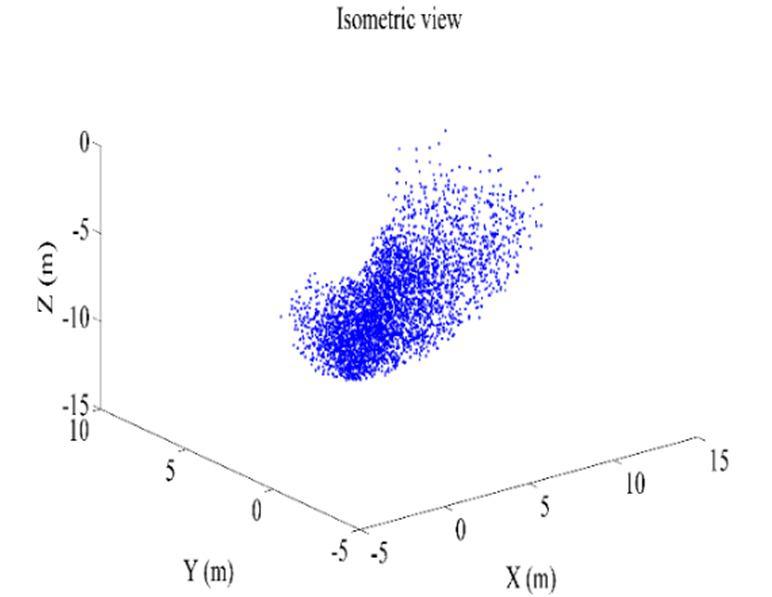
[3] L. Birglen, T. Laliberté, and C. Gosselin, “Underactuated Robotic Hands,” vol. 40, 2008, doi: 10.1007/978-3-540-77459-4.
[4] C. Cipriani, M. Controzzi, and M. C. Carrozza, “The SmartHand transradial prosthesis,” J. Neuroeng. Rehabil., vol. 8, no. 1, 2011, doi: 10.1186/1743-0003-829.
[5] V. Babin and C. Gosselin, “Mechanisms for Robotic Grasping and Manipulation,” https://doi.org/10.1146/annurev-control-061520-010405, vol. 4, no. 1, pp. 573–593, May 2021, doi: 10.1146/ANNUREV-CONTROL-061520-010405.
[6] W. Zhang, L. Tian, and K. Liu, “Study on multi-finger under-actuated mechanism for TH-2 robotic hand,” in IASTED International Conference on Robotics and Applications, 2007, pp. 420–424.




